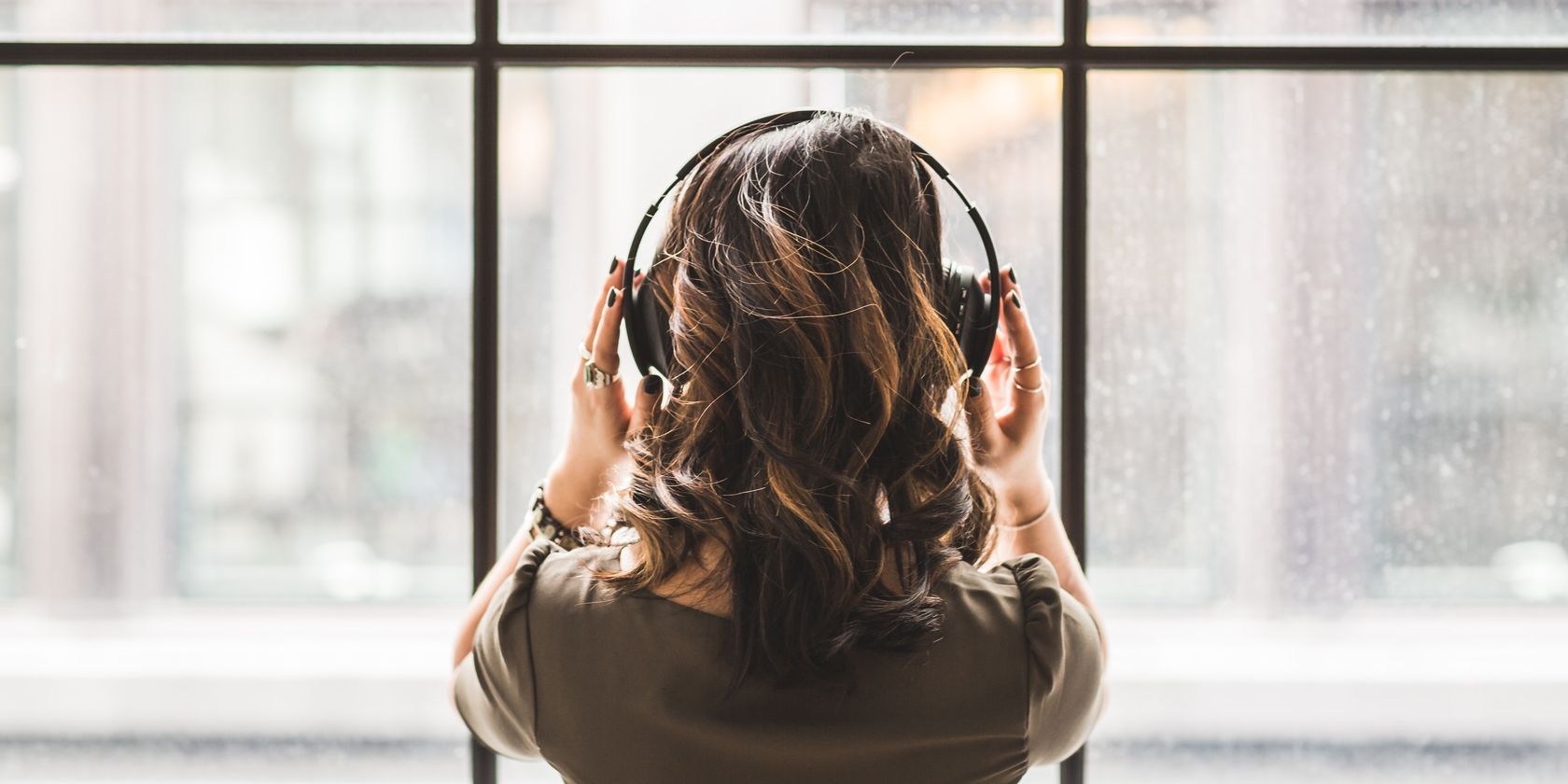Chances are that you've come across 8D music on YouTube or a random music track that tells you to use headphones for the best experience.
When you listen, it feels like you're in a live show or the music is moving around you or even walking through your head. Weird, right? This article explains what 8D audio is and how 8D audio works.
What Is 8D Audio?
8D audio is a binaural effect added to audio through editing to trick the brain into feeling like the music is moving around you or coming from different corners of the room.
A binaural effect is an auditory illusion in the brain that occurs when you listen to two tones of slightly different frequencies at once. Listening to these different frequencies makes you hear an imaginary third sound.
8D audio uses the left and right speakers of your headphones to create a more immersive experience and gives the impression that the music is coming from different directions or dimensions. This creates a more enjoyable and pleasurable feeling for the listener.
People who have listened to 8D music say that it makes them feel like they are in a live show or concert or that the music feels like it's coming from outside their headphones and moving through their ears.
8D music is best played with earphones or headphones as the effect is lost when played aloud. The 8D effect isolates the sound you hear in each ear and depends on the right and left earphones to work.
Does 8D Audio Really Mean 8 Dimensions?
No, there is no such thing as audio having 8 dimensions. It is just a play on words to make it easier to describe. It is just an effect to make the music feel like it's swirling around you or coming from different directions.
How Does 8D Audio Work?
As we mentioned earlier, 8D audio is an effect that tricks the brain into thinking that the sound or music is coming from different directions. There is no one method or way of recreating the 8D audio effect. Many people have come up with personal 8D audio effects, and they all achieve the same aim.
The audio is first recorded the traditional way (monolithic), and then the effects are added. 8D audio is created by mixing the audio and combining equalization techniques and panning.
Equalization involves using an equalizer to adjust audio frequencies, while panning involves mixing the audio to make it seem like it's coming from different directions of the left-right spectrum between two speakers. This makes the audio seem like its moving from your right ear to the left and back, all in your head.
To give the added effect that the listener is in a live concert, a reverberation and echo effect can be added to the audio. Then, the audio is filtered to make the audio seem like it's bouncing from ear to ear.
How to Create 8D Audio
8D audio can be created by anybody with knowledge of sound engineering and mixing. But nowadays, there are many 8D audio converters available online, making it easy to make your own 8D audio without having to learn the effects. You can even edit your own music on your phone.
Is 8D Audio Dangerous?
No, 8D audio is not dangerous and has no adverse effects. Just like any other audio, listening at loud volumes is dangerous and harmful to the ear. As long as you are listening to it at a reasonable volume, you're perfectly safe.
4D, 8D, 16D, 100D; What's The Difference?
The 'D' in these terms stands for dimensions and, as we stated earlier, there's no multiple dimension for music and these are just fancy terms to describe the effect. The higher the D, the greater the degree of alteration to the audio. The difference lies in the technique used to create the audio as they increase in complexity.
8D Audio And The Future of Music
Although 8D audio has existed for a long while, it is gaining more popularity today, especially on YouTube. Many popular songs have been converted to 8D versions, and listens can't get enough of it.


